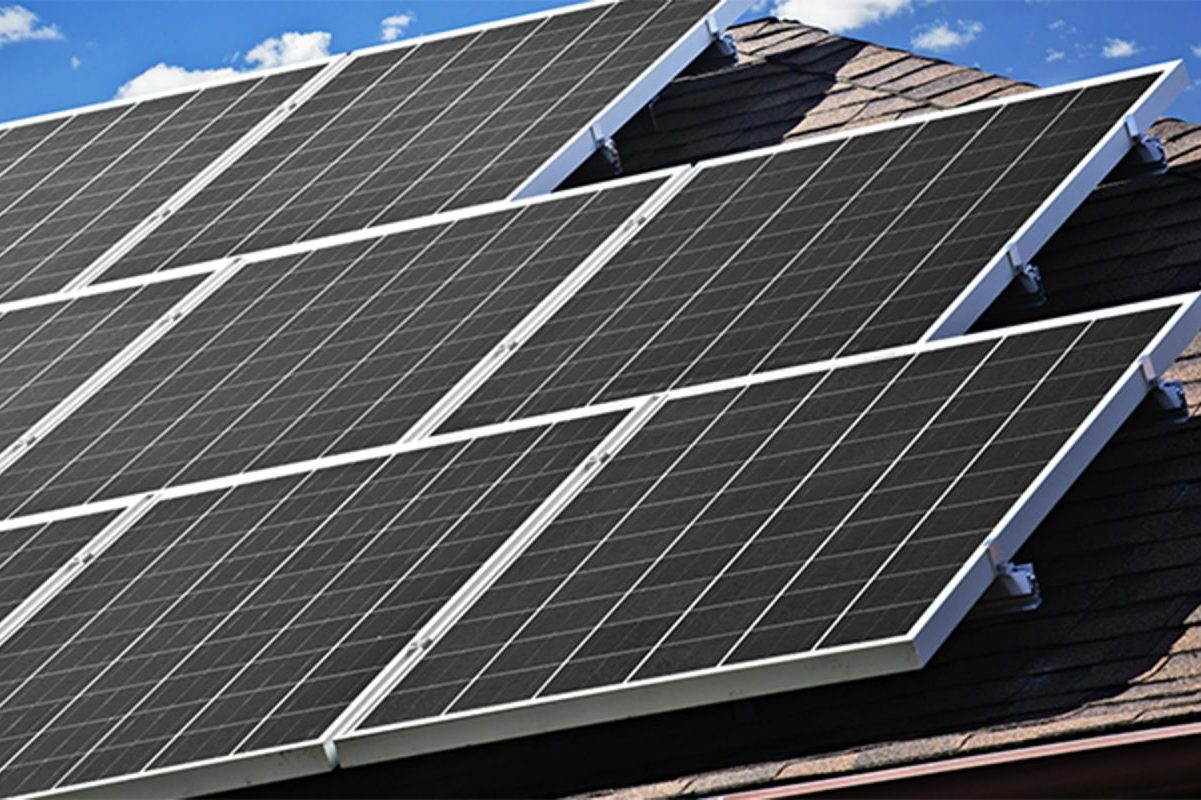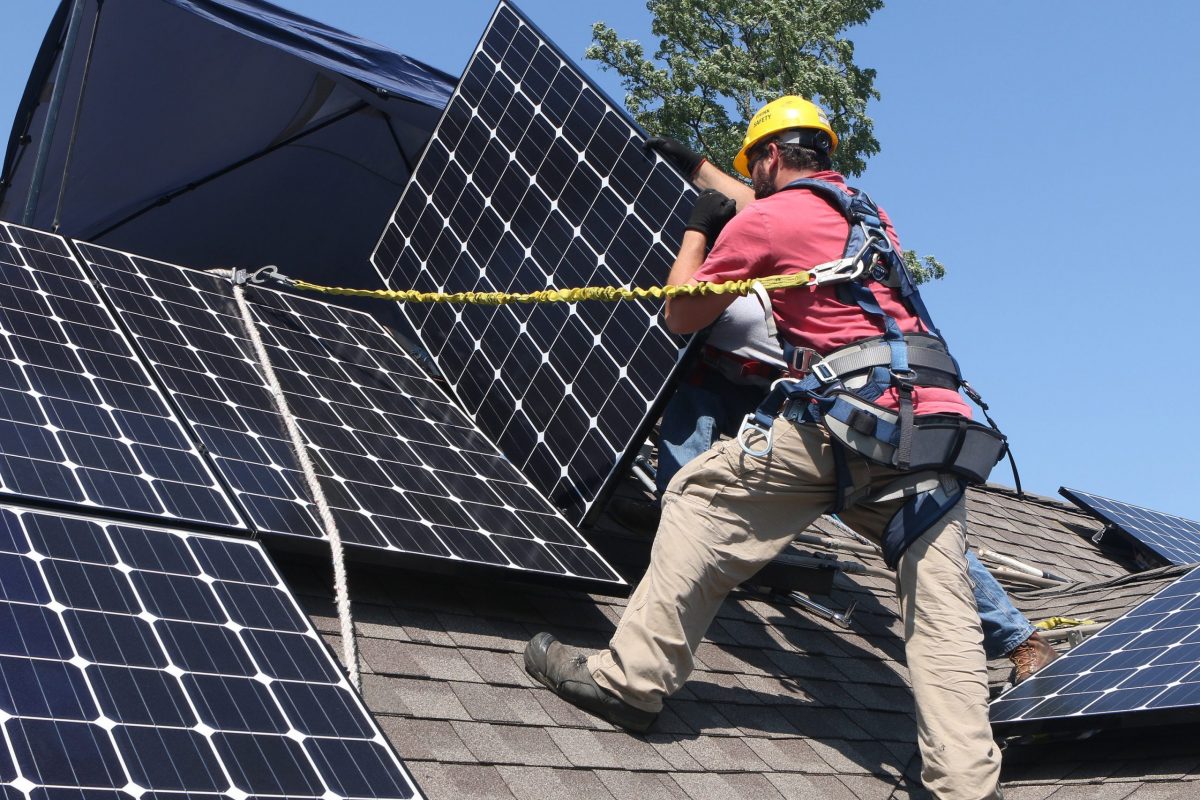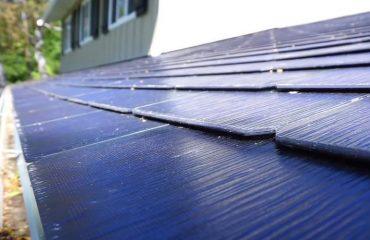Transform your outdoor living space into a sustainable power hub with solar-powered electrical outlets – the perfect fusion of eco-friendly technology and modern convenience. These innovative installations harness the sun’s energy to provide reliable power for everything from garden tools to outdoor entertainment systems, all while reducing your carbon footprint and energy bills.
Unlike traditional electrical outlets that require complex wiring and increase utility costs, solar-powered outdoor outlets offer a self-sufficient solution that’s both practical and environmentally responsible. With advanced photovoltaic technology and improved battery storage systems, these units can now deliver consistent power even during cloudy days or after sunset.
Whether you’re looking to power landscape lighting, charge mobile devices, or run small appliances during outdoor gatherings, solar-powered outlets represent the future of outdoor electrical accessibility. They combine the reliability of traditional power sources with the sustainability and cost-effectiveness of renewable energy, making them an increasingly popular choice for modern homeowners seeking smart, eco-conscious solutions for their outdoor spaces.
What Are Solar-Powered Outdoor Outlets?
How Solar Outlets Work
Solar-powered outdoor outlets harness the sun’s energy through photovoltaic panels, which convert sunlight into usable electricity. These panels contain silicon cells that generate direct current (DC) power when exposed to sunlight. This DC power flows through a charge controller, which regulates the voltage and prevents battery overcharging.
The system’s battery bank stores this energy for use when the sun isn’t shining, ensuring consistent power availability. An inverter then converts the stored DC power into alternating current (AC), the type of electricity your standard household devices use. This entire process happens automatically, requiring no input from you once the system is properly installed.
Most solar outlets include built-in safety features like weather-resistant casings, ground fault protection, and surge protection. They’re designed to automatically switch between solar and grid power when needed, ensuring your devices always have a reliable power source, rain or shine.
Key Components
A solar-powered outdoor electrical outlet consists of three main components working together to provide reliable power. The solar panels, typically mounted on a pole or nearby structure, capture sunlight and convert it into electrical energy. These panels are sized according to your power needs and come in various wattage ratings to accommodate different applications.
The battery storage system acts as your power bank, storing excess energy for use during nighttime or cloudy conditions. Most systems use deep-cycle batteries specifically designed for solar applications, ensuring consistent power delivery when you need it.
The weatherproof housing is crucial for protecting the electrical components from rain, snow, and other environmental factors. This durable enclosure contains the outlet itself, along with the charge controller that manages power flow between the panels and batteries. The housing is typically rated IP65 or higher, guaranteeing protection against dust and water exposure while allowing safe access to the outlet.

Benefits for Your Outdoor Space
Convenience and Flexibility
Solar-powered outdoor electrical outlets revolutionize the way we access power in our outdoor spaces, offering unmatched convenience without the hassle of extension cords. Much like solar-powered home lighting, these outlets give you the freedom to place power sources exactly where you need them.
Whether you’re setting up your outdoor workspace, powering garden tools, or charging devices on your patio, these outlets can be strategically positioned anywhere sunlight reaches. You’re no longer limited by the location of traditional power outlets or concerned about tripping hazards from lengthy extension cords.
The flexibility extends to installation options as well. Wall-mounted units work great for deck and patio areas, while stake-mounted versions can be easily repositioned throughout your garden or yard. Many models even feature weatherproof USB ports alongside standard outlets, making them perfect for charging phones and tablets while enjoying outdoor activities.
During power outages, these self-sufficient outlets continue working, providing a reliable backup power source for essential devices and emergency equipment.
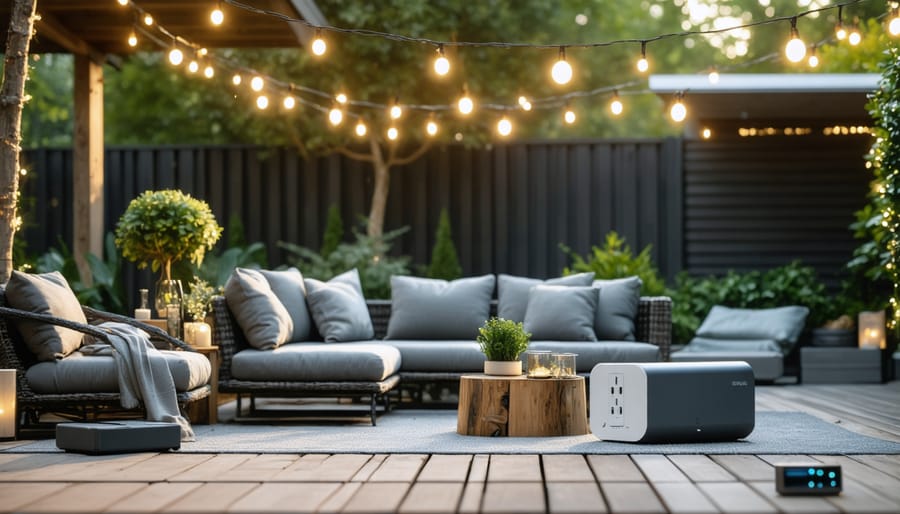
Energy Savings
Solar-powered outdoor electrical outlets offer significant savings on your utility bills while promoting environmental sustainability. By harnessing free solar energy, these installations can help you reduce energy costs associated with outdoor power usage by up to 90%. For households that frequently use outdoor appliances, lighting, or charging stations, the savings can amount to several hundred dollars annually.
The initial investment typically pays for itself within 2-3 years through decreased electricity bills and reduced grid dependency. During peak sunlight hours, these outlets operate completely off-grid, storing excess energy in batteries for nighttime use. This self-sufficiency is particularly valuable during power outages or in areas with unreliable grid service.
Many homeowners report additional savings through smart timing of outdoor activities, such as running pool pumps or garden equipment during solar-powered hours. Some utility companies also offer incentives or rebates for installing solar-powered systems, further enhancing the financial benefits.
Environmental Impact
Solar-powered outdoor electrical outlets represent a significant step towards sustainable living and reducing your carbon footprint. By harnessing clean, renewable energy from the sun, these outlets eliminate the need for grid electricity when powering your outdoor devices and tools. A typical solar outlet can save approximately 100-200 pounds of carbon emissions annually, depending on usage patterns and local energy sources.
These eco-friendly installations also contribute to reducing peak energy demand on the power grid, particularly during summer months when outdoor power usage is highest. Unlike traditional outlets that rely on fossil fuels, solar-powered alternatives produce zero direct emissions and require minimal maintenance over their lifetime.
Beyond environmental benefits, solar outlets promote sustainable landscaping practices by enabling the use of electric garden tools rather than gas-powered alternatives. They also support wildlife preservation by eliminating the need for disruptive trenching during installation, helping maintain natural habitats in your yard.
Installation and Maintenance
Choosing the Right Location
Selecting the perfect spot for your solar-powered outdoor outlet is crucial for maximum efficiency. Start by identifying areas that receive at least 6-8 hours of direct sunlight daily. South-facing locations typically offer the best sun exposure in the Northern Hemisphere, while north-facing spots should be avoided due to consistent shadowing.
Consider seasonal changes in sunlight patterns and potential obstacles. Trees, buildings, and other structures can cast shadows that vary throughout the year. A spot that’s sunny in summer might be shaded in winter when the sun’s path is lower. Using a sun path calculator or observing shadow patterns for a few days can help you make an informed decision.
Mount your outlet at a height that’s both convenient and protected from ground-level moisture. Aim for 18-24 inches above the ground and ensure the location is easily accessible for plugging in devices. Keep the outlet away from sprinklers, downspouts, and areas prone to flooding. For added efficiency, consider installing the solar panel at a 30-45 degree angle to optimize sunlight collection throughout the day.
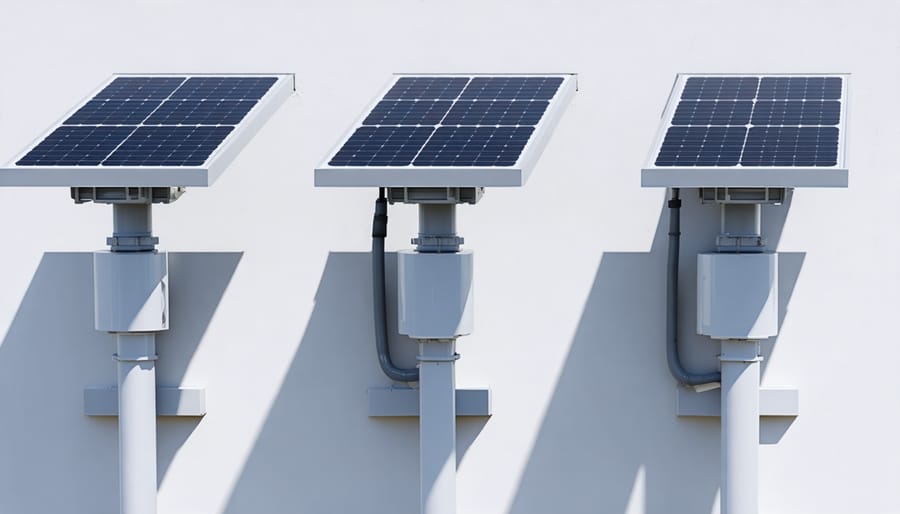
Professional vs. DIY Installation
While DIY installation of solar-powered outdoor outlets can be tempting for hands-on homeowners, careful consideration is needed before making this choice. Professional installation offers several advantages: certified electricians ensure compliance with local building codes, proper weatherproofing, and optimal solar panel placement for maximum efficiency. They also handle necessary permits and inspections, providing peace of mind and warranty coverage.
DIY installation can save money upfront and might be suitable for those with electrical experience working on simple plug-and-play systems. However, incorrect installation could lead to safety hazards, reduced efficiency, or damage to your home’s electrical system. If choosing the DIY route, thoroughly research local regulations, safety requirements, and installation guidelines.
For most homeowners, professional installation is recommended, especially for systems that integrate with existing home electrical networks or require complex mounting solutions. The long-term benefits of proper installation often outweigh the initial cost savings of DIY.
Care and Upkeep
Regular maintenance of your solar-powered outdoor electrical outlet ensures optimal performance and longevity. Clean the solar panel monthly using a soft cloth and mild soap solution to remove dust, leaves, and bird droppings that can reduce efficiency. Check that the panel remains unobstructed by growing vegetation or seasonal debris.
Inspect the weatherproof seals and housing quarterly for signs of wear or damage. During winter, clear any snow accumulation from the panel surface. If you notice decreased performance, first verify the solar panel’s positioning hasn’t shifted and ensure it still receives maximum sunlight exposure.
Check the battery indicator lights periodically – if they show signs of weakness, the battery may need replacement after several years of use. For troubleshooting, consult your user manual to interpret LED warning signals. Most issues can be resolved through simple cleaning and repositioning, but contact a qualified electrician if you encounter persistent electrical problems.
Smart Integration Tips
Integrating your solar-powered outdoor outlet into a smart home ecosystem can dramatically enhance its functionality and convenience. Start by choosing outlets with built-in WiFi capabilities or smart plugs that are compatible with your existing home automation system. Popular platforms like SmartThings, Apple HomeKit, or Google Home can seamlessly incorporate these devices into your network.
Consider pairing your solar outlet with motion sensors and automated timers to optimize energy usage. This integration works particularly well with sustainable outdoor lighting solutions and other outdoor appliances, creating an efficient ecosystem that responds to natural light levels and usage patterns.
Many smart solar outlets now come with dedicated apps that provide real-time monitoring of power generation and consumption. Use these insights to schedule high-draw activities during peak solar production hours. You can also set up automated routines, such as powering on landscape lighting at sunset or activating holiday decorations during specific hours.
For maximum efficiency, look for outlets that offer energy storage monitoring and automated load balancing. These features help prevent power wastage and ensure your devices receive consistent power even when solar generation is low. Some advanced systems can even predict weather patterns and adjust power management accordingly, ensuring you always have electricity when needed.
Solar-powered outdoor electrical outlets represent a significant step toward sustainable living and energy independence. By harnessing the sun’s power, you can create a more eco-friendly outdoor space while reducing your carbon footprint and energy bills. These innovative solutions offer reliable power for your outdoor activities, from gardening to entertaining, without increasing your dependence on the grid. Whether you’re looking to power landscape lighting, charge outdoor devices, or run garden tools, solar outlets provide a versatile and environmentally conscious solution. Making the switch to solar-powered outdoor outlets is more than just an investment in your property; it’s an investment in our planet’s future. By embracing this sustainable technology, you’re contributing to a greener tomorrow while enjoying the practical benefits of renewable energy today. Take the first step toward sustainable outdoor living and discover how solar-powered outlets can transform your outdoor space.





